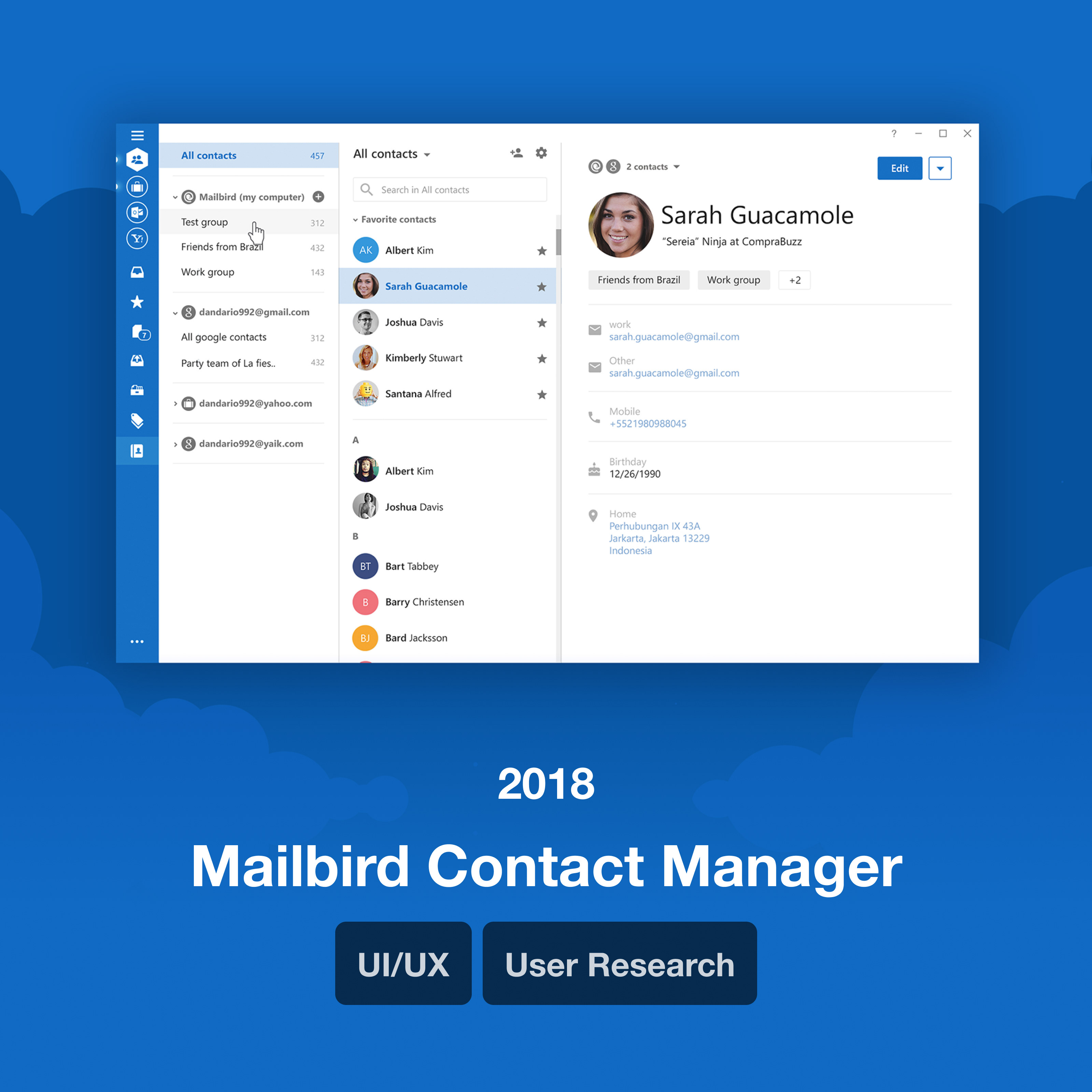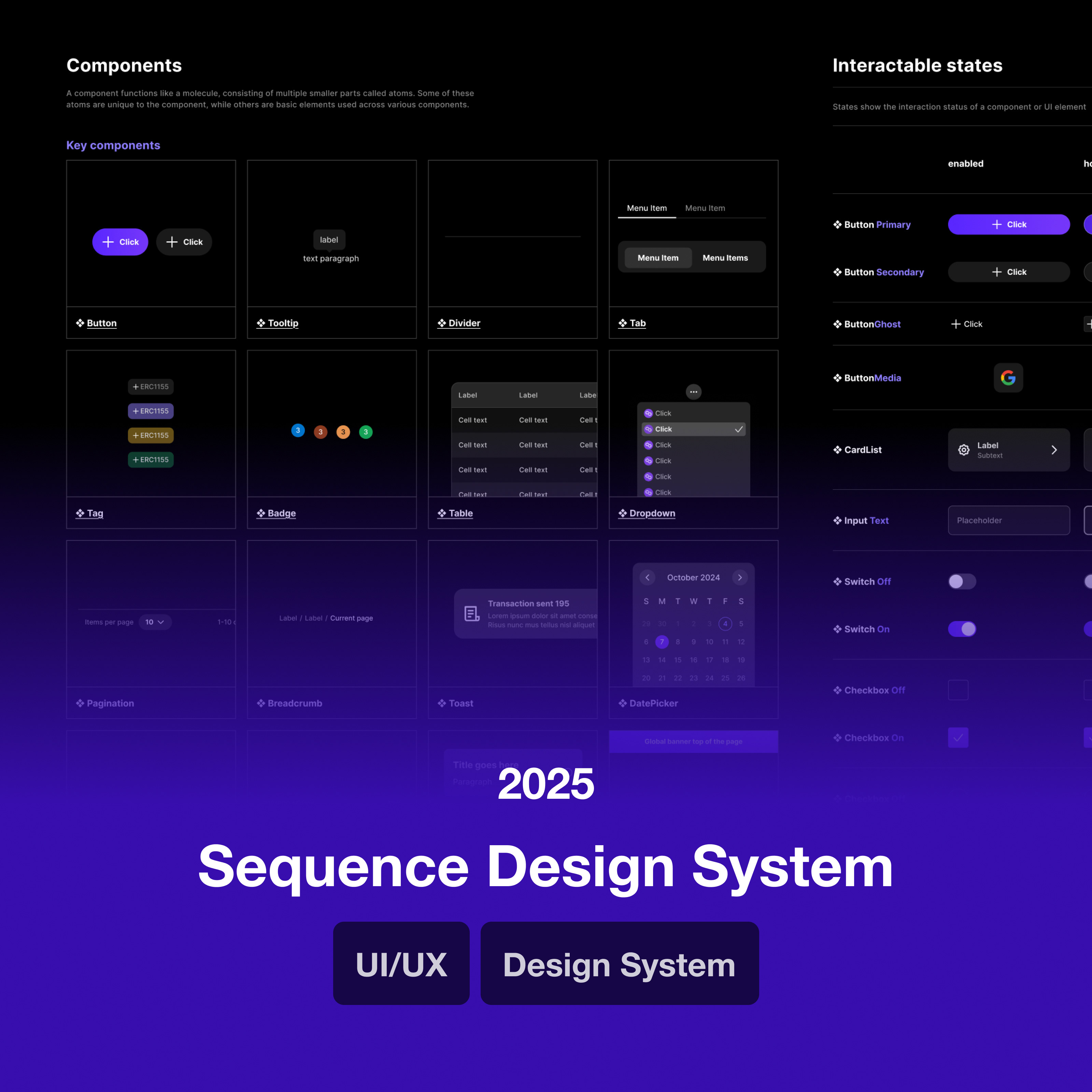Ux tools: Competitive analysis, personas, usability test, heuristic evaluation, and interactable prototype.
Time frame: 6 months (before handoff to development)
* To comply with my non-disclosure agreement, I have omitted and obfuscated confidential information in this case study. All information in this case study is my own and does not necessarily reflect the views of Skyweaver or any other partners involved in the project.
Exploratory User Research Interview Reports - 8 users were interviewed.
The flow reveals a disconnect between in-game activities (Ranked and Conquest matches) and meta aspects (shop and deckbuilding). With incentives for the shop or deckbuilding, players can gain opportunities for deeper engagement and monetization, limiting the overall experience.
The graphs indicate that player retention drops significantly after the first few days, highlighting a significant challenge in keeping players engaged.
Competitive Analysis sheet for Season Pass
Early wireframes for the Skypass
People couldn't easily see the difference in rewards that gives more than one card, so we made the thumbnail wider to show it's a bigger reward clearly.
Players expected to be able to earn rewards even after completing the initial 50 levels, so we decided to add more rewards later for power users.
Users couldn’t tell when a reward was a tradable NFT, so we added a “Tradable Reward” badge to highlight premium rewards.
Hypothesis Statement for Quest System
Wireflows on Figma for the Quest Stem
User onboarding unmoderated testing for the new Quest System
We gathered extensive feedback through our Discord channels, where most of our player community interacts.



